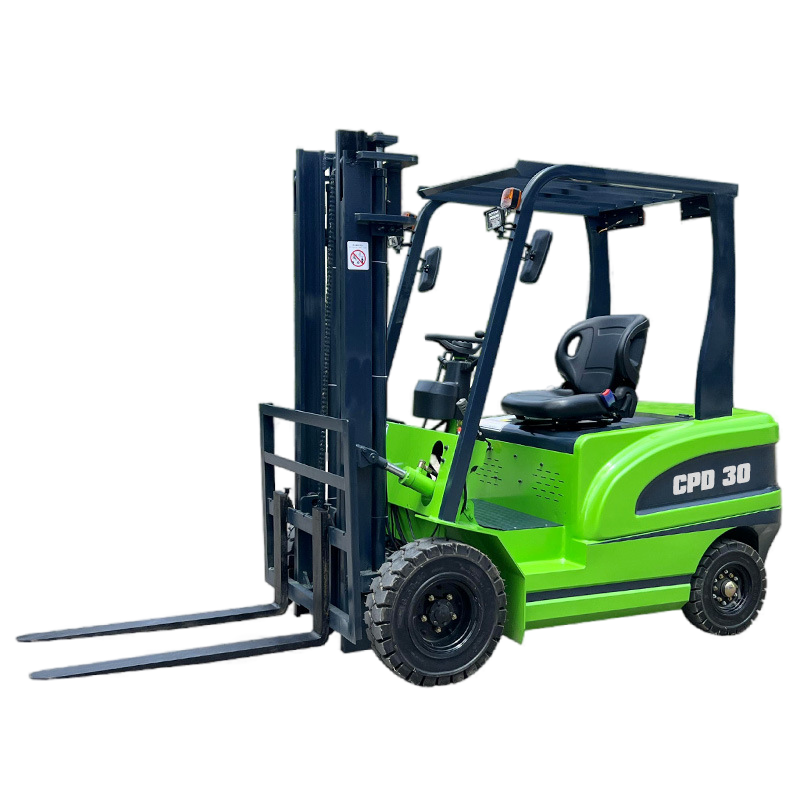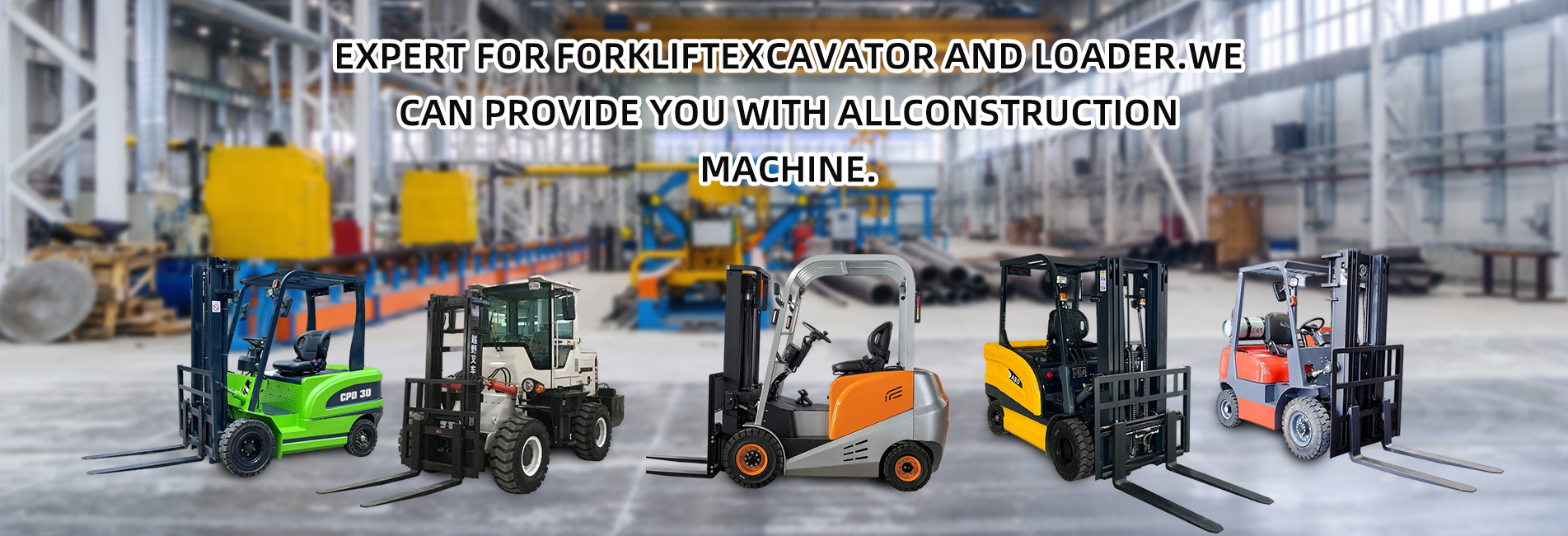The service life of electric forklift batteries is affected by various factors, and it is usually measured mainly by the number of charge-discharge cycles or the years of use. Different types of batteries, usage methods and maintenance levels will lead to significant differences in service life. The following is a detailed explanation:

I. Theoretical service life of different battery types
Commonly used batteries for electric forklifts include lead-acid batteries and lithium batteries, with significant differences in their service lives:
- Lead-acid batteries:
- Number of charge-discharge cycles: Usually 1000-1500 times (a full charge and discharge is one cycle).
- Service life: If charged and discharged once a day, it is about 3-5 years; if the usage frequency is low (such as half a cycle a day), the service life can be extended to 5-7 years.
- Lithium batteries:
- Number of charge-discharge cycles: Generally 2000-3000 times, and some high-performance lithium batteries can reach more than 5000 times.
- Service life: Calculated based on one cycle per day, it is about 6-10 years, which is 2-3 times that of lead-acid batteries.
II. Key factors affecting battery life
- Charging and discharging habits:
- Over-discharging of lead-acid batteries (power below 20%) will seriously shorten their service life; for lithium batteries, shallow charging and shallow discharging (avoiding long-term full charge or power loss) is more conducive to extending their service life.
- Frequent fast charging (especially for lead-acid batteries) may cause the battery to heat up and the plates to sulfide, reducing the service life.
- Ambient temperature:
- The optimal operating temperature for lead-acid batteries is 25℃. High temperatures (>40℃) will accelerate the evaporation of electrolyte, and low temperatures (<0℃) will reduce capacity and charging efficiency.
- Lithium batteries are more sensitive to temperature. Long-term use in environments below -20℃ or above 60℃ will accelerate the aging of the battery cells.
- Maintenance:
- Lead-acid batteries need to regularly check the electrolyte level and add distilled water (except for maintenance-free lead-acid batteries), otherwise, plate corrosion will be caused by water shortage.
- Although lithium batteries do not need to be filled with water, they should avoid severe collision and short circuit, and regularly check the balance of the battery pack (to prevent overcharging or over-discharging of a single battery).
- Usage intensity:
- Frequent heavy loads, sudden acceleration/deceleration will cause the battery to discharge with large current, increase internal loss, and shorten the cycle life.
III. Practical suggestions to extend battery life
- For lead-acid batteries: Avoid over-discharging, charge in time when the remaining power is 30%; perform a full charge and discharge once a month (to activate the battery); keep the battery surface clean and dry.
- For lithium batteries: Charge to 80%-90% (keep 50% power when stored for a long time); use the original charger and avoid mixing; regularly check the status of battery cells through the Battery Management System (BMS).
- Common measures: Strengthen ventilation and heat dissipation in high-temperature environments, preheat before use in low-temperature environments; avoid long-term idleness of the battery (if it exceeds 1 month, supplement the power to 50%-60%).
Summary
Lead-acid batteries have a shorter service life (3-5 years) and lower cost; lithium batteries have a longer service life (6-10 years) but higher initial investment. Through scientific use and maintenance, the actual service life of the battery can be significantly extended, and the long-term replacement cost can be reduced. When choosing a battery, it is necessary to comprehensively consider the frequency of forklift use, budget and operating environment.


